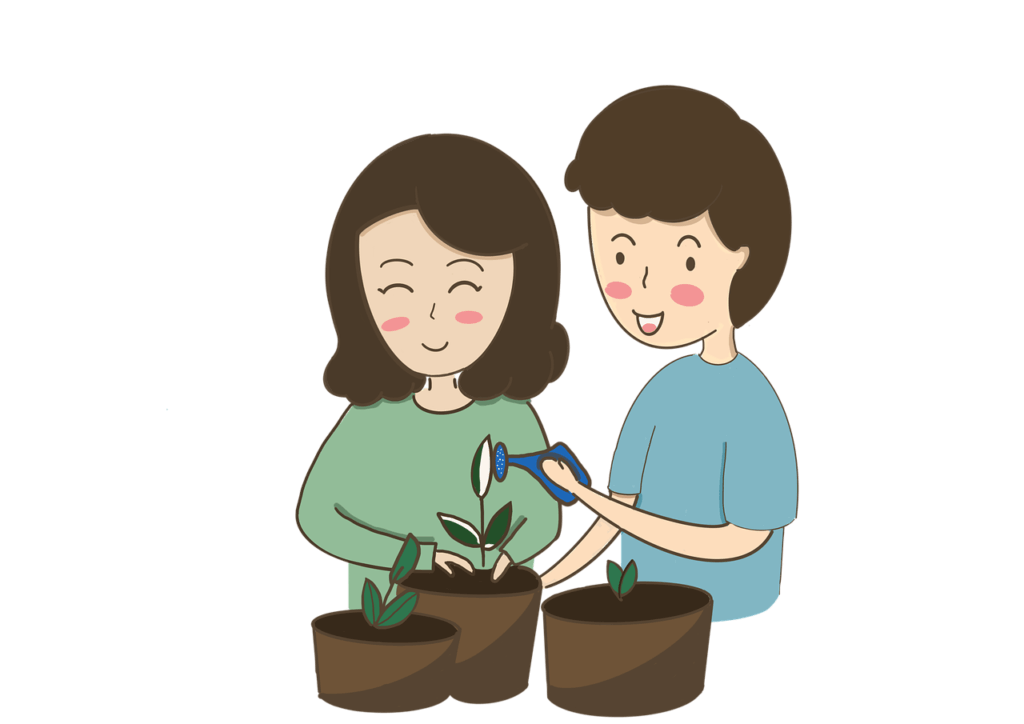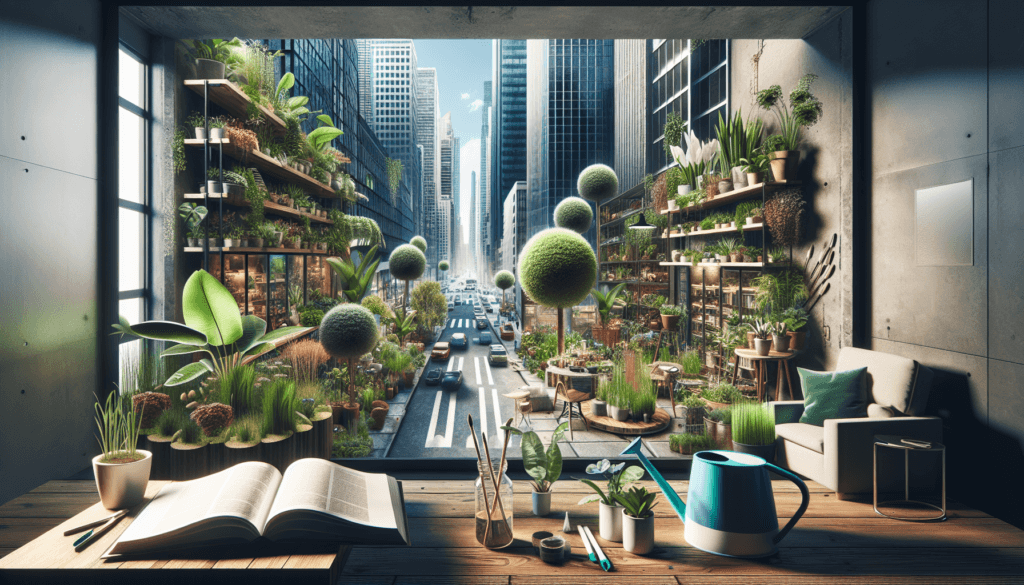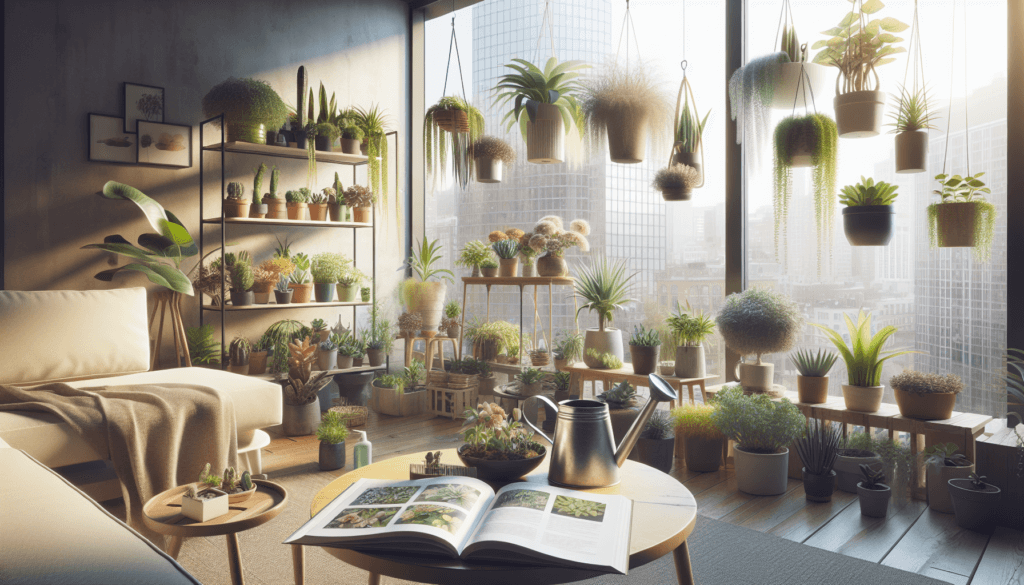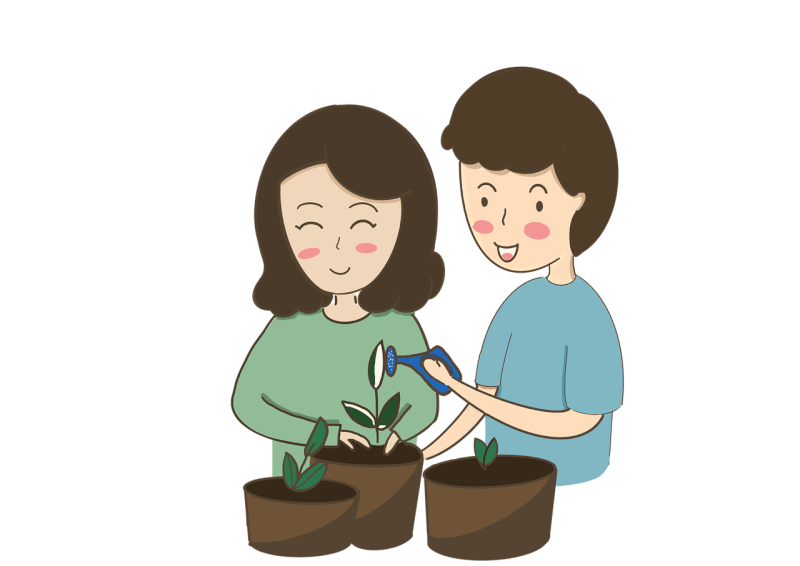Are you a plant lover living in the bustling city? If so, then this article is for you! In “The Ultimate Guide to Caring for Indoor Plants in the City,” you will discover everything you need to know to ensure your indoor plants thrive amidst the urban jungle. From finding the perfect spot for your green companions to understanding their watering and fertilizing needs, this guide is your one-stop resource to keeping your indoor plants happy and healthy. So, let’s embark on this plant-filled adventure together and discover the secrets to successful urban plant care!
Choosing the Right Indoor Plants
When it comes to selecting indoor plants for your urban dwelling, there are a few key factors to consider. First and foremost, you’ll want to think about the light requirements of the plants you’re interested in. Some plants thrive in bright, direct sunlight, while others prefer more indirect or even low-light conditions. Take into account the specific lighting conditions in your home or apartment to ensure that the plants you choose will receive the amount of light they need to thrive.
Space constraints are another important consideration when selecting indoor plants. If you have limited floor space, you may want to opt for plants that can be placed on shelves or those that can be hung from the ceiling. Alternatively, if you have plenty of floor space, consider larger plants that can really make a statement in your urban oasis. Evaluating your space constraints will help you determine which plants are the most suitable for your home.
Maintenance levels are also worth considering when it comes to indoor plant selection. Some plants require frequent watering, while others are more drought-tolerant. Similarly, some plants may need regular pruning or trimming to maintain their shape and health. If you lead a busy lifestyle, you may want to opt for low-maintenance plants that require minimal care. On the other hand, if you enjoy tending to your plants and have the time to dedicate to their care, you may opt for plants that require a bit more attention.
Creating an Ideal Environment for Indoor Plants
Once you’ve chosen the perfect indoor plants for your space, it’s important to create an environment where they can thrive. One of the key considerations is the temperature and humidity levels in your home. Different plants have different preferences when it comes to temperature and humidity, so it’s essential to research the specific needs of your chosen plants. Making sure your indoor space is within the optimal temperature and humidity range will help your plants stay healthy and happy.
Proper ventilation and air circulation are also crucial for indoor plant care. Stagnant air can lead to mold and other issues, so it’s important to ensure that there is adequate airflow in the area where your plants are located. Consider opening windows or using fans to promote air movement. This will also help to prevent the buildup of harmful gases, such as carbon dioxide, which can be detrimental to plants.
Avoiding drafts and temperature extremes is another important aspect of creating an ideal environment for your indoor plants. Drafts can cause fluctuations in temperature and can be drying to your plants. Additionally, extreme temperatures, whether hot or cold, can be stressful for plants and may cause damage. Be mindful of the placement of your plants and avoid positioning them in areas with direct airflow from air conditioning units, heaters, or drafty windows.

Providing Adequate Lighting for Indoor Plants
Lighting is one of the most critical factors in maintaining healthy indoor plants. Understanding natural light variations is key to ensuring that your plants receive the optimal amount of light. Different plants have different preferences, with some plants thriving in bright, direct sunlight and others preferring more indirect light. Observe the lighting conditions in your home throughout the day to identify areas that receive the most sunlight and those that are more shaded. This will help you determine the best locations for your plants based on their light requirements.
In some cases, supplemental artificial lighting may be necessary to provide adequate light for your indoor plants. This is particularly important if you have limited access to natural light or if you’re growing plants that require intense or specific wavelengths of light. LED grow lights are a popular choice for indoor gardening, as they are energy-efficient and can provide the necessary light spectrum for plant growth. When selecting artificial lighting, consider the color temperature, intensity, and duration of light that your plants require.
Choosing the right light bulbs is crucial for the health and growth of your indoor plants. Different light bulbs emit different light spectrums, so it’s important to select bulbs that closely mimic natural sunlight. Full-spectrum fluorescent bulbs and LED grow lights are commonly used for indoor plant cultivation. These bulbs provide a balanced spectrum of light that promotes healthy growth. Avoid using incandescent bulbs, as they emit too much heat and not enough usable light for plants.
Watering Techniques for Indoor Plants
Determining the watering frequency for your indoor plants is essential to their overall health. Different plants have different water requirements, so it’s important to research the specific needs of each plant. Factors such as the plant’s size, type of soil, and prevailing temperature and humidity levels will influence how often your plants need to be watered. It’s also important to consider the potting container’s drainage capabilities, as overwatering can lead to root rot and other issues.
When it comes to watering indoor plants, it’s important to use the correct amount of water. Too much or too little water can be detrimental to your plants’ health. As a general rule, water your plants until the soil is evenly moist but not saturated. Allow the excess water to drain away from the pot to prevent waterlogged roots. Monitoring the moisture level of the soil by occasionally sticking your finger into it can help you determine when it’s time to water.
In addition to determining the frequency and amount of water, consider the watering techniques that are most suitable for your indoor plants. Depending on the type of plant and its water requirements, you may opt for bottom watering, which involves placing the pot in a tray of water and allowing the plant to absorb moisture through the drainage holes. Alternatively, you can use the traditional top watering method, ensuring that water is evenly distributed across the soil surface.

Feeding and Fertilizing Indoor Plants
Providing proper nutrition to your indoor plants is essential for their growth and overall well-being. Understanding plant nutrient needs will help you determine when and how to feed your plants. Different plants have different nutrient requirements, so it’s important to research the specific needs of each plant. Typically, indoor plants benefit from a balanced fertilizer that contains a mix of macronutrients (such as nitrogen, phosphorus, and potassium) and micronutrients (such as iron and zinc).
When selecting a fertilizer for your indoor plants, make sure to choose one that is suitable for the specific type of plants you have. Some fertilizers are formulated specifically for flowering plants, while others are best suited for foliage plants. Reading the label and following the manufacturer’s instructions for application rates is crucial to avoid over-fertilization, which can harm your plants. Additionally, consider using organic fertilizers, as they provide a more natural source of nutrients for your plants.
Knowing when and how to feed your indoor plants is also important. Generally, it’s best to fertilize during the active growth period, which is typically in the spring and summer months. Follow the recommended application rates provided by the fertilizer manufacturer, and be mindful not to exceed the recommended dosage. Applying fertilizer to moist soil can help prevent burning the roots of your plants, and it’s important to water your plants thoroughly after fertilizing to ensure proper nutrient absorption.
Pruning and Trimming Indoor Plants
Proper pruning and trimming are essential for maintaining the health and appearance of indoor plants. Identifying pruning requirements is the first step in this process. Some plants require regular pruning to remove dead or damaged foliage, promote new growth, or maintain a certain shape or size. Conduct regular inspections of your plants to identify any areas that need pruning or trimming attention.
Using the appropriate tools is crucial for successful pruning and trimming. Sharp, sterile tools such as pruning shears or scissors should be used to prevent the spread of diseases. For larger plants or those with thicker stems, loppers or hand saws may be necessary. Always sanitize your tools before use to minimize the risk of spreading pathogens.
Pruning techniques may vary depending on the type of plant you are dealing with. Some plants require simple, minimal pruning, such as the removal of yellowing leaves or spent flowers. Others may require more extensive pruning to encourage branching or to remove diseased or damaged sections. Research the specific pruning requirements for each of your plants to ensure you are employing the correct techniques.

Managing Pest and Disease Control
Indoor plants are not immune to pests and diseases, so it’s important to be vigilant and implement preventive measures to keep your plants healthy. Identifying common indoor plant pests is the first step in pest management. Some pests to watch out for include aphids, mealybugs, spider mites, and fungus gnats. Regularly inspect your plants for signs of infestation, such as discolored leaves, sticky residue, or webbing.
Implementing preventive measures will help minimize the risk of pests infesting your indoor plants. Quarantine new plants before introducing them to the rest of your collection to prevent the spread of any potential pests. Regularly clean your plants’ foliage to remove dust and debris that may attract pests. If you do notice signs of an infestation, take immediate action to isolate the affected plant and treat it accordingly.
Treating pest infestations depends on the type and severity of the problem. For mild infestations, you may be able to remove pests by hand or with a gentle spray of water. In more severe cases, you may need to use insecticidal soap or horticultural oils to control the pests. It’s important to follow the instructions provided with these products and to use them in accordance with the guidelines to minimize any potential harm to your plants.
Dealing with Common Indoor Plant Problems
Even with the best care, indoor plants can sometimes experience problems. It’s important to be able to recognize signs of overwatering or underwatering in your plants. Overwatering can lead to yellowing leaves, root rot, and a generally unhappy plant. On the other hand, underwatering can cause wilting, dryness, and brittle foliage. Adjusting your watering practices accordingly will help address these issues and prevent further damage.
Nutrient deficiencies can also manifest as problems in indoor plants. Common signs of nutrient deficiencies include yellowing leaves, stunted growth, and chlorosis (yellowing between leaf veins). Identifying which nutrient is lacking is crucial to rectifying the problem. For example, yellowing leaves may indicate a nitrogen deficiency, while brown leaf tips could be a sign of potassium deficiency. Applying the appropriate fertilizer or supplementing with the missing nutrient can resolve these issues.
Leaf abnormalities in indoor plants can be caused by a range of factors, including pests, diseases, nutrient imbalances, or environmental stressors. If you notice any abnormal growth patterns, discoloration, or spots on your plant’s leaves, it’s important to investigate the underlying cause. Identifying and addressing the root cause of the leaf abnormalities will help prevent further damage and ensure the overall health of your plant.

Choosing the Right Containers and Soil
Selecting the appropriate containers and soil is essential for the well-being of your indoor plants. When choosing container sizes, consider the ultimate size of the plant and its growth habit. Plants that will eventually grow large should be placed in larger pots to allow room for root expansion. Conversely, smaller plants can thrive in smaller pots. The goal is to provide enough space for the roots without overwhelming the plant.
Choosing suitable potting soil is equally important. Opt for a well-draining and nutrient-rich soil mix specifically formulated for indoor plants. Avoid using garden soil, as it may be too heavy and can lead to waterlogging and root rot. Adding organic matter, such as compost or peat moss, can help improve drainage and provide essential nutrients to your plants. Consider re-potting your plants every 1-2 years to refresh the soil and promote healthy root growth.
Understanding drainage requirements is also crucial when selecting containers and soil for your indoor plants. Proper drainage allows excess water to escape from the pot, preventing waterlogged roots and other issues. Ensure that your chosen pots have drainage holes at the bottom to facilitate the drainage of excess water. Additionally, choose a soil mix that allows water to pass through easily, preventing water from pooling at the root level.
Developing a Plant Care Schedule
Establishing a regular maintenance routine is key to successfully caring for indoor plants. Creating a watering and feeding calendar can help you stay on track with the specific requirements of each plant. Take note of the watering and feeding frequency for each plant and mark it on your calendar. Additionally, consider incorporating other tasks into your plant care schedule, such as pruning, cleaning, and monitoring for pests or diseases.
Recording plant growth and changes can also be a helpful practice in your plant care routine. Keep a journal or logbook where you can document any changes you observe in your plants, such as new growth, flowering, or changes in foliage. This will not only help you track the progress of your plants but also allow you to evaluate the effectiveness of your care practices. By noting any issues or adjustments you make, you can refine your care routine over time and better understand the needs of your indoor plants.
Caring for indoor plants in an urban environment requires attention to detail and a commitment to providing the right growing conditions. By choosing the right plants, creating an ideal environment, providing adequate lighting, employing proper watering techniques, feeding and fertilizing, pruning and trimming, managing pests and diseases, addressing common plant problems, choosing appropriate containers and soil, and developing a plant care schedule, you can ensure that your indoor plants thrive and bring a touch of nature into your city dwelling.



